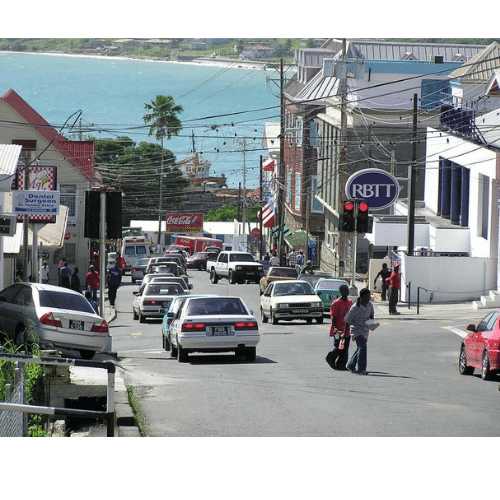- Regular Price
- £19.99
- Sale Price
- £19.99
- Regular Price
- £19.99
- Unit Price
- per

I have been here on this beautiful island of Tobago from the very beginning. I have seen all that can be seen and all that is to be seen, so let me take you down the path of the history of Tobago. I am a simple tree that you pass by on your way to and from work, the tree that you take shade under when the sun is too hot for you to handle, just a regular big average oak tree.
Tobago was first settled during the Archaic era by people from Trinidad. The oldest settlement is in the southwest of the island near the Bon Accord Lagoon and belongs to a culture known as the Milford Complex, named after the shell mound near Milford, Tobago. These first Tobagonians were hunter-gatherers.
This was a problem for my animal friends and birds that perched on my branches and walked with my roots. These first Tobagonians depended on and probably managed a variety of edible roots, palm starch, and seeds. They fished and hunted sea turtles, shellfish and crabs. Like a tree, I only have the opportunity to see the sea, but I heard from my bird friends that sea creatures are delicious.
In the first century of the Common Era, the Saladoids settled in Tobago. Like the Ortoiroids before it, these Saladoids, I believe, come from Trinidad. They brought with them traditions of pottery and agriculture and introduced crops such as cassava, sweet potatoes, Indian yams, tannia and maize. These new plants have made a difference in Tobago, and I have a few new friends to chat with, others not so much.
Tobago was placed under French control in 1781 during the Franco-Prussian War, returned to Igiris (English) control in 1793 during the First War against France, and returned to France in 1802. The Igiris army retook the island in 1803 and remained under their control until independence in 1962. I witnessed the war and the fights when they came to capture Tobago; some branches are still recovering.
The economy of the late 18th and early 19th centuries was utterly dependent on slavery, and slavery ruled most aspects of the lives of enslaved Tobagonians. The end of slavery took place in 1838. With the lack of money to pay workers, Tobago planters turned to metayage. Metayage is a form of peasant that remained the primary mode of production until the late 19th century.
Most enslaved Africans came after 1770, when the plantations began to take hold. A slave census in 1813 recorded 25,696 Africans in Trinidad. In Tobago, about 11,500 Africans were registered upon emancipation in 1834. Many enslaved people remained in Tobago, mingling with African and Caribbean cultures. Many of these enslaved Africans moved around the island, creating villages that developed into communities and towns such as Milford courthouse, Scarborough, Signal Hill, Bon Accord, Canaan and the Pity Valley.
The people who come here have made sure to persevere in the wildlife and flora by being respectful and nurturing, which is why I can tell you about this beautiful island I call home.
Story Written By Joevan Alex Browne.
0 Item(s)
0 comments